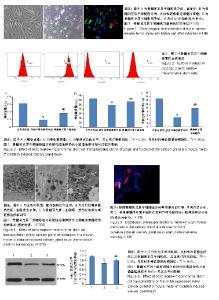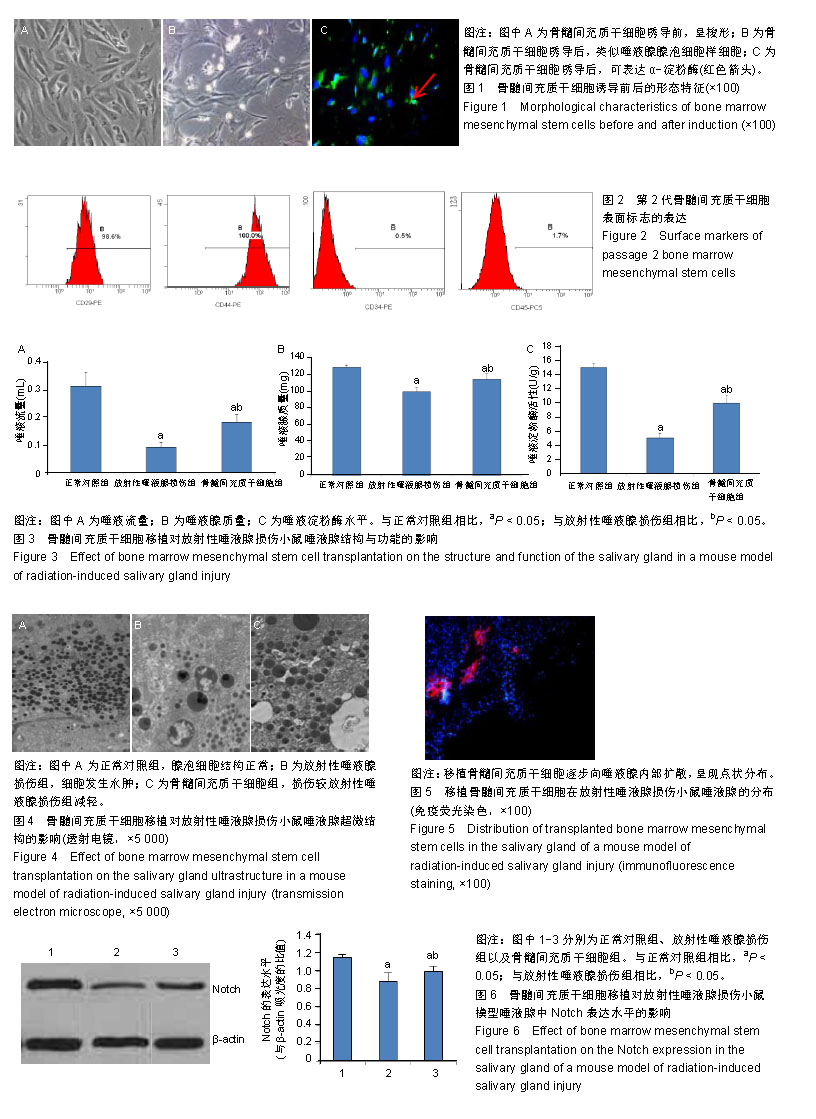| [1]Wijers OB, Levendag PC, Braaksma MM, et al. Patients with head and neck cancer cured by radiation therapy: a survey of the dry mouth syndrome in long-term survivors. Head Neck. 2002;24(8): 737-747.[2]Vissink A, Jansma J, Spijkervet FK, et al. Oral sequelae of head and neck radiotherapy. Crit Rev Oral Biol Med. 2003;14(3): 199-212.[3]Fang FM, Liu YT, Tang Y, et al. Quality of life as a survival predictor for patients with advanced head and neck carcinoma treated with radiotherapy. Cancer. 2004;100(2):425-432.[4]Porter SR, Fedele S, Habbab KM. Xerostomia in head and neck malignancy. Oral Oncol. 2010;46(6):460-463.[5]Seikaly H, Jha N, McGaw T, et al. Submandibular gland transfer: a new method of preventing radiation-induced xerostomia. Laryngoscope. 2001;111(2):347-352.[6]Setton J, Caria N, Romanyshyn J, et al. Intensity-modulated radiotherapy in the treatment of oropharyngeal cancer: an update of the Memorial Sloan-Kettering Cancer Center experience. Int J Radiat Oncol Biol Phys. 2012;82(1):291-298.[7]Lee N, Harris J, Garden AS, et al. Intensity-modulated radiation therapy with or without chemotherapy for nasopharyngeal carcinoma: radiation therapy oncology group phase II trial 0225. J Clin Oncol. 2009;27(22):3684-3690.[8]Van Gestel D, Van Den Weyngaert D, Schrijvers D, et al. Intensity-modulated radiotherapy in patients with head and neck cancer: a European single-centre experience. Br J Radiol. 2011; 84(1000):367-374.[9]Markitziu A. Treatment for post-irradiation xerostomia. N Engl J Med. 1994;330(2):142.[10]Oliveri RS. Epigenetic dedifferentiation of somatic cells into pluripotency: cellular alchemy in the age of regenerative medicine. Regen Med. 2007;2(5):795-816.[11]黄晓明,罗小宁,郑亿庆,等.共培养系统下骨髓间充质干细胞分化为颌下腺腺泡细胞的实验研究[J].解放军医学杂志, 2009,34(5): 562-565.[12]Lim JY, Yi T, Choi JS, et al. Intraglandular transplantation of bone marrow-derived clonal mesenchymal stem cells for amelioration of post-irradiation salivary gland damage. Oral Oncol. 2013;49(2): 136-143.[13]Kojima T, Kanemaru S, Hirano S, et al. Regeneration of radiation damaged salivary glands with adipose-derived stromal cells. Laryngoscope. 2011;121(9):1864-1869.[14]Lin CY, Chang FH, Chen CY, et al. Cell therapy for salivary gland regeneration. J Dent Res. 2011;90(3):341-346.[15]Hoffmann A, Gross G. BMP signaling pathways in cartilage and bone formation. Crit Rev Eukaryot Gene Expr. 2001;11(1-3): 23-45.[16]Tezuka K, Yasuda M, Watanabe N, et al. Stimulation of osteoblastic cell differentiation by Notch. J Bone Miner Res. 2002;17(2):231-239.[17]Oldershaw RA, Tew SR, Russell AM, et al. Notch signaling through Jagged-1 is necessary to initiate chondrogenesis in human bone marrow stromal cells but must be switched off to complete chondrogenesis. Stem Cells. 2008;26(3):666-674.[18]Hare JM, Fishman JE, Gerstenblith G, et al. Comparison of allogeneic vs autologous bone marrow–derived mesenchymal stem cells delivered by transendocardial injection in patients with ischemic cardiomyopathy: the POSEIDON randomized trial. JAMA. 2012;308(22):2369-2379.[19]Abok K, Brunk U, Jung B, et al. Morphologic and histochemical studies on the differing radiosensitivity of ductular and acinar cells of the rat submandibular gland. Virchows Arch B Cell Pathol Incl Mol Pathol. 1984;45(4):443-460.[20]Leisten I, Kramann R, Ventura Ferreira MS, et al. 3D co-culture of hematopoietic stem and progenitor cells and mesenchymal stem cells in collagen scaffolds as a model of the hematopoietic niche. Biomaterials. 2012;33(6):1736-1747.[21]王涛,刘东.单次大剂量与多次小剂量放射线构建小鼠放射性唾液腺损伤模型效果比较[J].山东医药,2017,57(41):44-46.[22]韩庆宾.人羊膜上皮细胞修复放射性损伤小鼠唾液腺的实验研究[D].遵义:遵义医学院,2012.[23]王涛,强艳丽.脂肪干细胞对小鼠放射性唾液腺损伤的治疗作用[J].山东医药,2017,57(33):32-34.[24]Bhide SA, Ahmed M, Newbold K, et al. The role of intensity modulated radiotherapy in advanced oral cavity carcinoma. J Cancer Res Ther. 2012;8 Suppl 1:S67-71.[25]Okumura K, Nakamura K, Hisatomi Y, et al. Salivary gland progenitor cells induced by duct ligation differentiate into hepatic and pancreatic lineages. Hepatology. 2003;38(1):104-113.[26]Nasef A, Ashammakhi N, Fouillard L. et al. Immunomodulatory effect of mesenchymal stromal cells: possible mechanisms. Regen Med. 2008;3(4):531-546.[27]Eisbruch A, Rhodus N, Rosenthal D, et al. How should we measure and report radiotherapy-induced xerostomia. Semin Radiat Oncol. 2003;13(3):226-234.[28]王金凤,孙新臣,康亚辉,等.自由基清除剂Tempol对小鼠放射性下颌腺损伤防护机制的研究[J].中华放射医学与防护杂志, 2014,34(3): 176-179.[29]张珺晔.去铁胺对放疗后小鼠唾液腺功能改善的实验研究[D]. 上海:上海交通大学医学院,2013.[30]Fang D, Hu S, Liu Y, et al. Identification of the active components in Bone Marrow Soup: a mitigator against irradiation-injury to salivary glands. Sci Rep. 2015;5:16017.[31]Li Z, Wang Y, Xing H, et al. Protective efficacy of intravenous transplantation of adipose-derived stem cells for the prevention of radiation-induced salivary gland damage. Arch Oral Biol. 2015; 60(10):1488-1496.[32]Nasef A, Ashammakhi N, Fouillard L. Immunomodulatory effect of mesenchymal stromal cells: possible mechanisms. Regen Med. 2008;3(4):531-546.[33]Brahmi M, Bally O, Eberst L, et al. Therapeutic targeting of Notch signaling in cancer. Bull Cancer. 2017;104(10):883-891.[34]Li L, Tang P, Li S, et al. Notch signaling pathway networks in cancer metastasis: a new target for cancer therapy. Med Oncol. 2017;34(10): 180.[35]Baeten JT, Lilly B. Notch Signaling in Vascular Smooth Muscle Cells. Adv Pharmacol. 2017;78:351-382.[36]Reddy BV, Rauskolb C, Irvine KD, et al. Influence of fat-hippo and notch signaling on the proliferation and differentiation of Drosophila optic neuroepithelia. Development. 2010;137(14):2397-2408. [37]Siebel C, Lendahl U. Notch Signaling in Development, Tissue Homeostasis, and Disease. Physiol Rev. 2017;97(4):1235-1294.[38]Xu LL, Fu HX, Zhang JM, et al. Impaired Function of Bone Marrow Mesenchymal Stem Cells from Immune Thrombocytopenia Patients in Inducing Regulatory Dendritic Cell Differentiation Through the Notch-1/Jagged-1 Signaling Pathway. Stem Cells Dev. 2017;26(22): 1648-1661.[39]牛萍,赵月强,黄星原,等.骨髓间充质干细胞体外增殖及分化过程中Notch信号的表达变化[J].基础医学与临床, 2011,31(11): 1205-1209.[40]Wang C, Inzana JA, Mirando AJ, et al. NOTCH signaling in skeletal progenitors is critical for fracture repair. J Clin Invest. 2016;126(4): 1471-1481. |

